“Titanic: An Immersive Voyage”, the one of a kind exhibition dedicated to the tragic shipwreck of the transatlantic is now on in Milan


April 15th April 1912 – At 2.20 am the Titanic, the largest and most modern ocean liner in service at the time and property of the White Star Line, sinks during its maiden voyage from Southampton to New York, provoking the passing of over 1,500 people.
According to the reconstruction of events, the Titanic received six warnings of icebergs in the vicinity of the route but, despite this, continued to travel at a speed of about 22 knots (41 km/h), until the lookouts, not equipped with binoculars, spotted a huge mass of ice right before the ship. It was 11:40 pm on Sunday 14th April 1912. Unable to turn in time, the liner unfortunately grazed the iceberg: the impact caused six holes to open on the starboard side, with the consequent flooding of five of the sixteen compartments into which the hull was divided. The crew, realizing the inevitable fate of the ship, began evacuation operations, loading the lifeboats and sending out calls for help, via telegraph and fireworks.
Most of the passengers were unable to save themselves on the twenty lifeboats, which could accommodate a maximum of 1,178 people out of the circa 2,224 actually on board. Various errors due to the disorganized evacuation meant that many boats were lowered into the water half empty. The ocean liner, considered “unsinkable”, sank in less than three hours.
The British liner Carpathia, having received the SOS, arrived about an hour and a half after the sinking of the Titanic and rescued the 705 survivors during the early hours of the morning of April 15th.
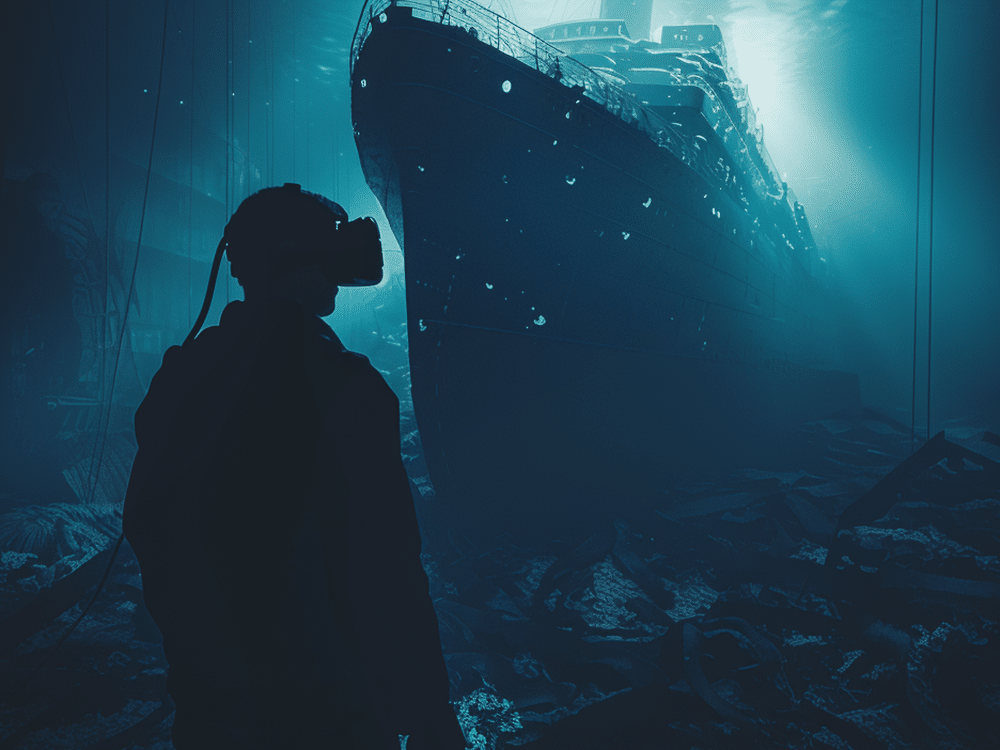
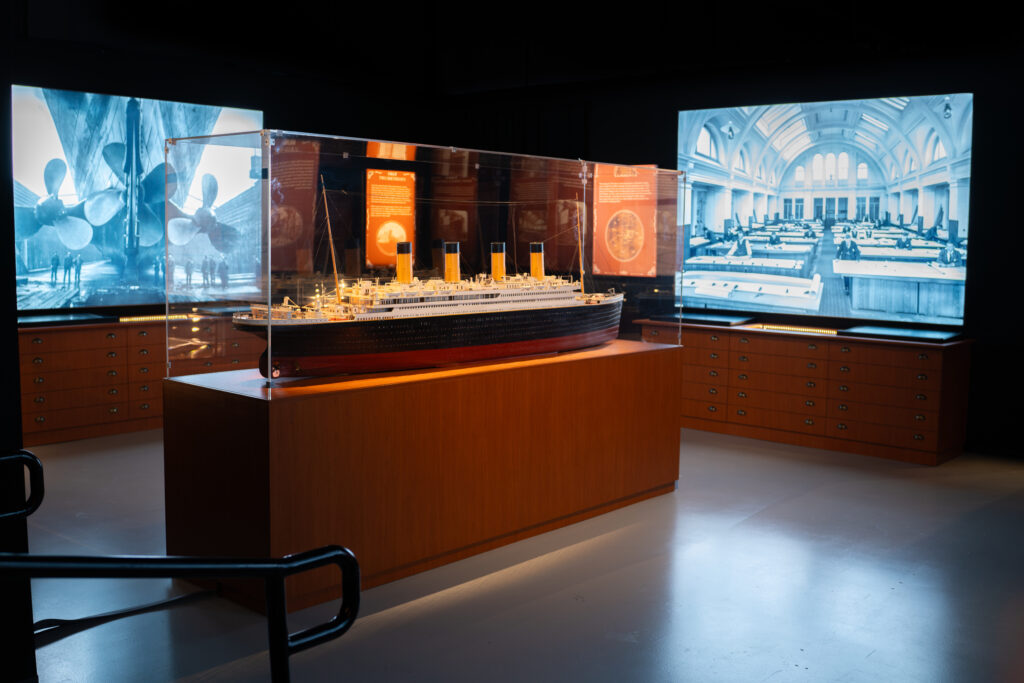
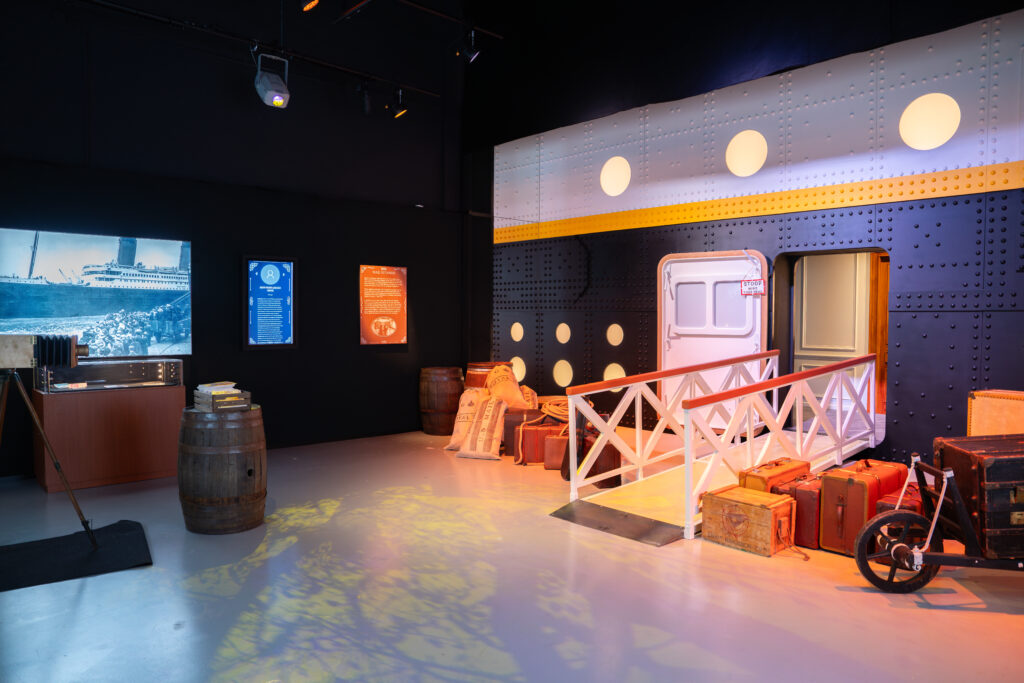
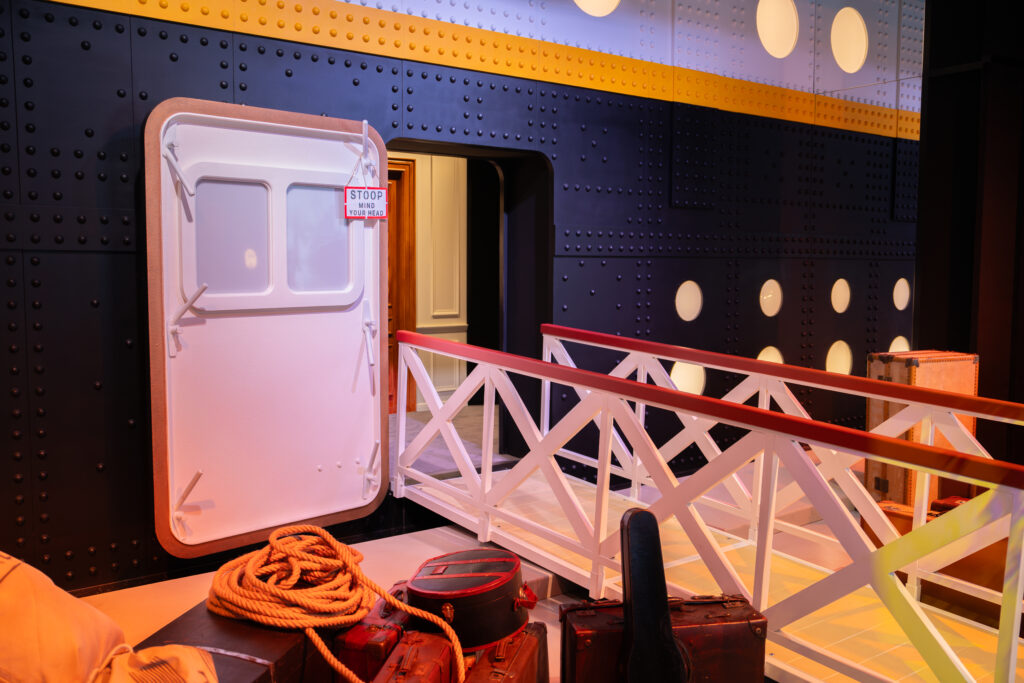
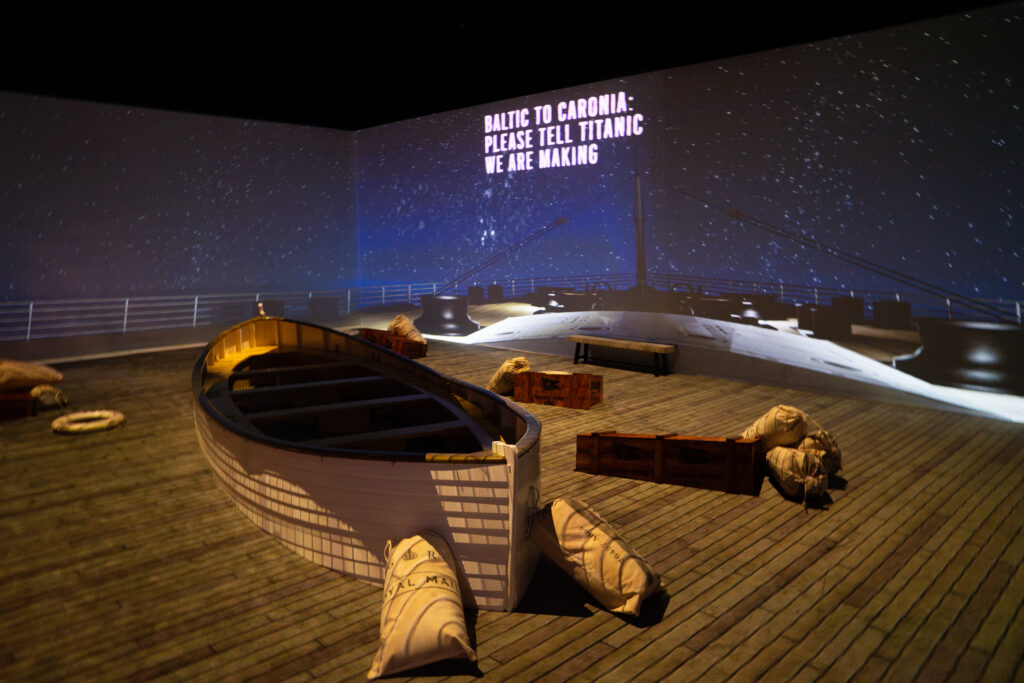
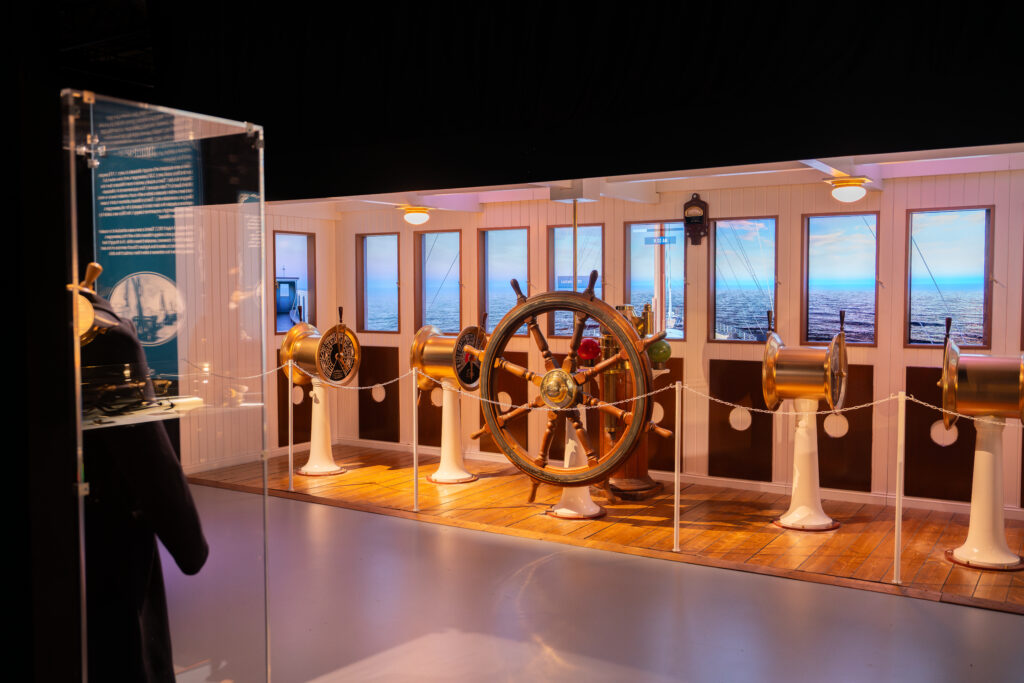


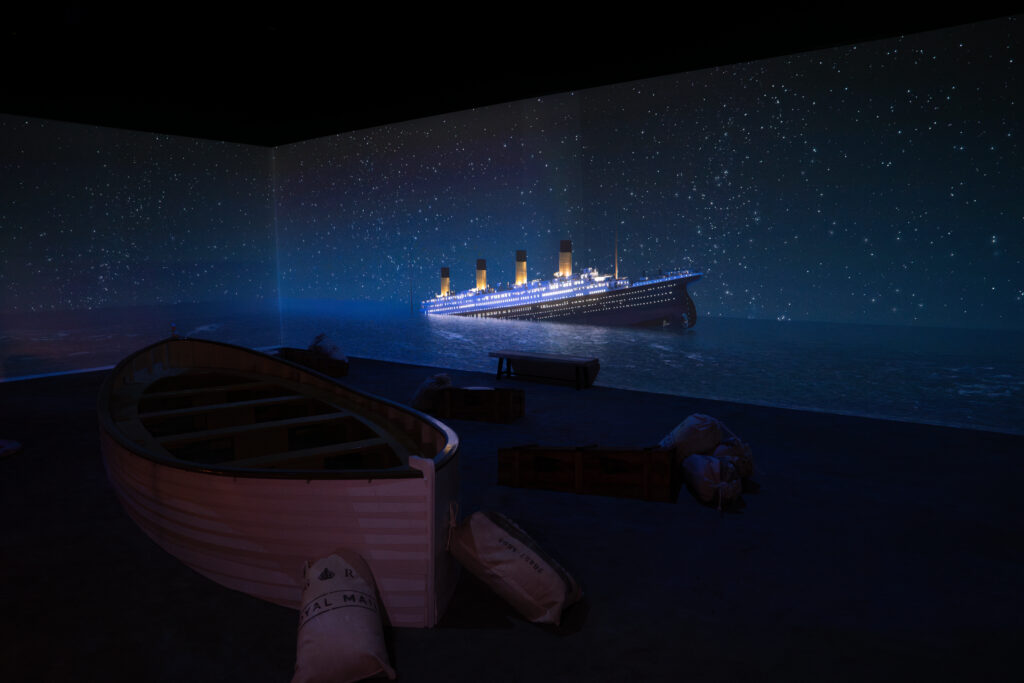
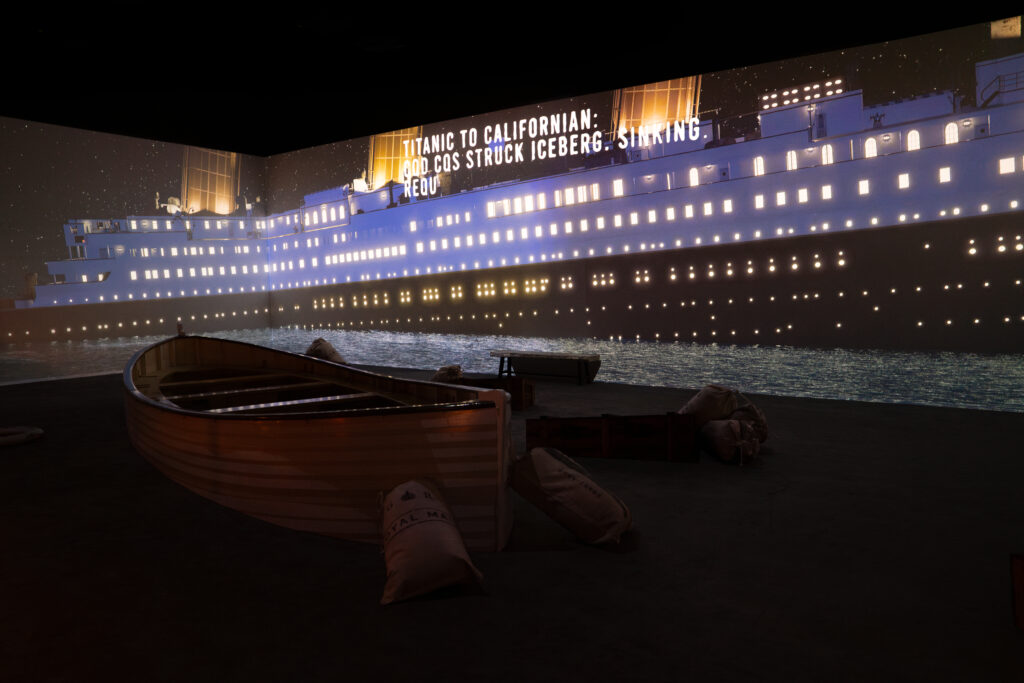
Image Source: Secret Media Network
December 19th 1997 – The colossal movie “Titanic” directed by James Cameron is released. It is an epic-romantic film, starring Leonardo Di Caprio and Kate Winslet as Jack and Rose, two youngsters from opposite social classes who fall in love on board the ill-fated Titanic. Cameron reported the inspiration for the film came from his passion for shipwrecks. Telling about the unfortunate love story between Jack and Rose, Cameron meant to convey the emotional impact of the disaster, while remaining faithful to the historical narration. The production of the movie began in 1995, when Cameron filmed on the real Titanic wreck. The modern scenes on the research vessel, instead, were filmed on board the Akademik Mstislav Keldyš. Scale models, computer-generated images and a reconstruction of the Titanic erected at Baja Studios were used to recreate the shipwreck. “Titanic” became the highest-grossing film in film history. It has been praised for its special effects, actors performances, costumes, production values, direction, cinematography, story and emotional depth. It holds the record for most Academy Award wins (eleven), tied with “Ben-Hur” and “The Lord of the Rings”.
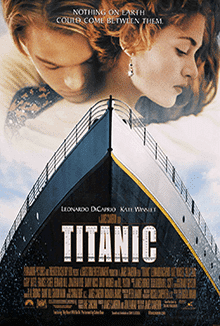

Image Source: IMDB
August 7th 2024 – Milan welcomes “Titanic: An Immersive Voyage”, an unprecedented exhibition in which to relive places and events of the shipwreck that went down in history. Details, names, anecdotes and secrets of that very moment destined to change an entire era. An exceptional opportunity for everyone to retrace one of the most memorable and dramatic events of the twentieth century.
The Exhibition Hub Art Center of Milan at Scalo Farini hosts not just an extraordinary immersive multimedia experience, but a real journey through time: among impactful scenic reproductions, authentic objects, memorabilia and three-dimensional visions aboard what was defined – at the time – as the largest ship in the world, also known as “the unsinkable”.
For over 112 years, the universe related to the Titanic has lain at almost four thousand meters of depth in the Atlantic Ocean…but also in the collective imagination of entire generations, who – after almost thirty years from the release of Cameron’s colossal – are still dreaming of the passionate (fictional) story of Jack and Rose, whose unfortunate love, linked to the tragic (real) destiny of the Titanic, has never ceased to fascinate people from all over the globe.
The exhibition aims at demonstrating that anyone could have been on board the liner: over 300 everyday objects from some of the most famous collections in the world, recovered from the Titanic and its two sister ships, the Olympic and the Britannic, are displayed to offer visitors an unforgettable immersive experience.
Among the amazing exhibits on display are beyond interesting documents from the construction of the Titanic, but also the boarding tickets of the White Star Line: today, for a first-class seat, you would have spent around 60 thousand euros. And then the crew’s objects (from the captain’s hat to the sailors’ uniforms and accessories) up to splendid elements of the famous Central Staircase (the one which became iconic in Cameron’s colossal), such as one of the decorative angels inspired by the Palace of Versailles. You can also admire precious furnishings from the dining rooms and parts of the wreck. The selection of refined furnishings in the rooms is amazing, exemplary even in the third class. This is crucial for understanding the perfect aesthetics of the “floating Grand Hotel”, as the Titanic was considered.
The immersive exhibition also offers bites of the fashion of the time, with faithful representations of dresses as worn by the ladies on the Titanic (and expertly reconstructed in the film by James Cameron). Visitors can observe, for instance, one of the iconic styles of Rose, the female protagonist of the colossal, interpreted – as already pointed out – by Kate Winslet, along with a series of accessories and props. One of the copies of “The Heart of the Ocean” is a must, the unforgettable diamond jewel worn by Kate Winslet the film. There is also a selection of shoes and accessories of the same protagonist and other characters (such as the white t-shirt of Leonardo DiCaprio as Jack) and other merchandising.
Of poignant intensity, also the many exhibits that illustrate intimate and personal stories. Among the letters, the one that Thomas Andrews, chief designer on board on the Titanic maiden voyage, wrote to his wife and daughter. Thirteen rooms dedicated to every nuance of what, at the beginning of the twentieth century, was conceived as a miracle of mechanics, luxury and technology. Who, even today, would not want to try the experience of being able to set sail aboard that authentic marvel? With Titanic: An Immersive Voyage, this fantasy becomes reality. Equipped with the same ticket as then, you can set off on a journey made of emotions, to learn about a story that represented an era characterized by great promises, euphoria and enthusiasm for the future.
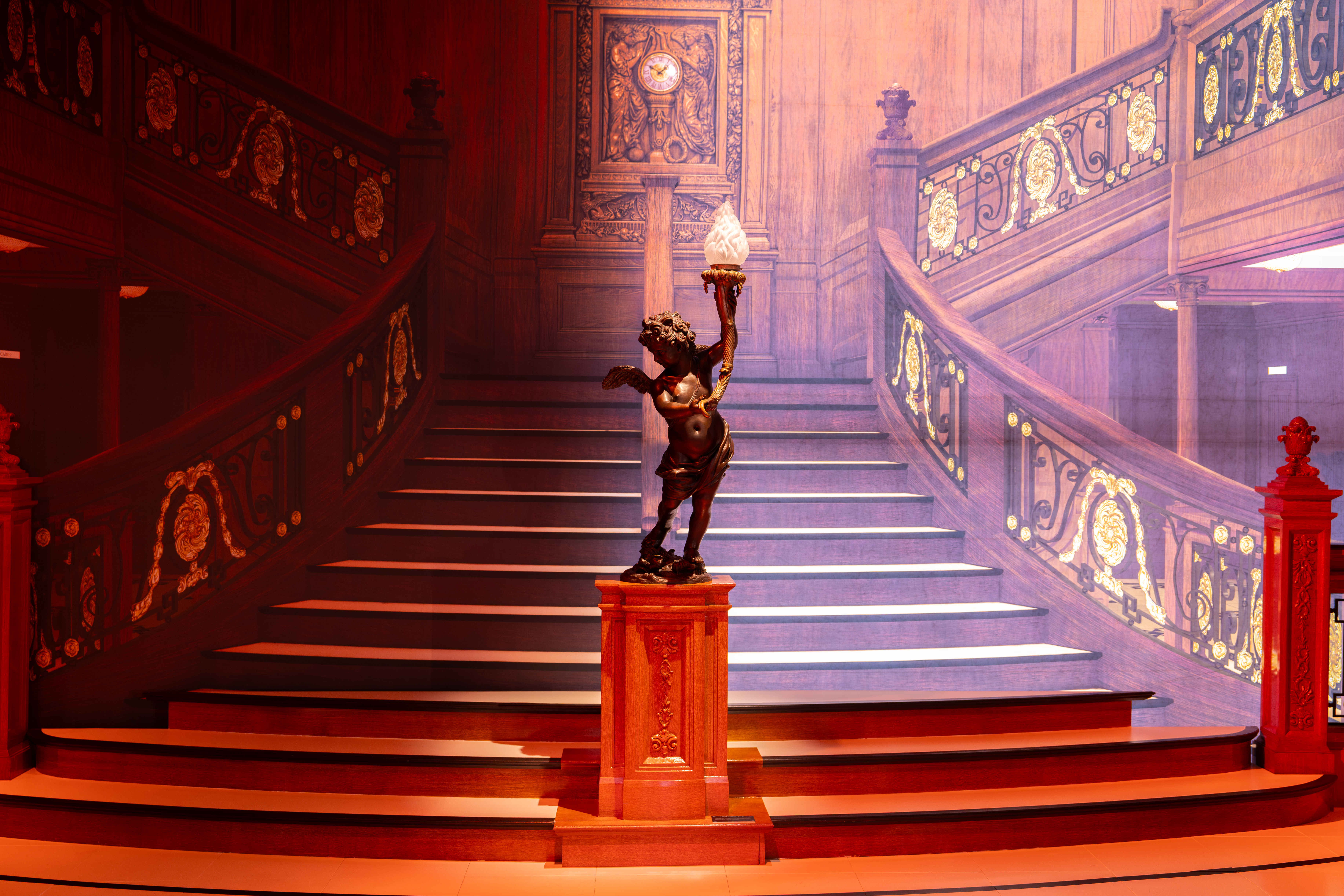
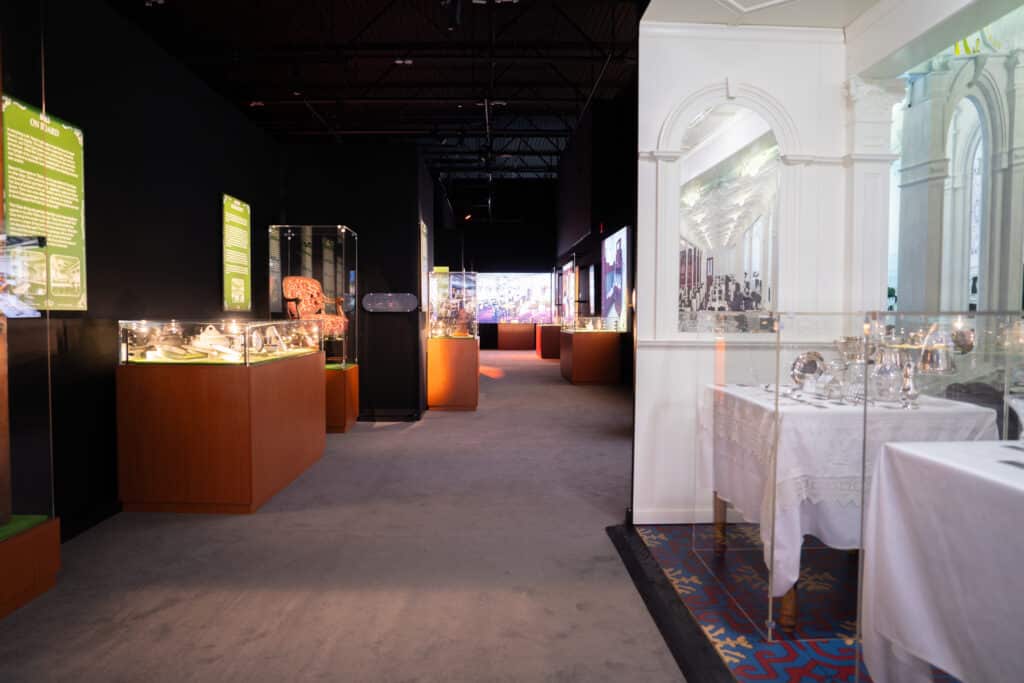
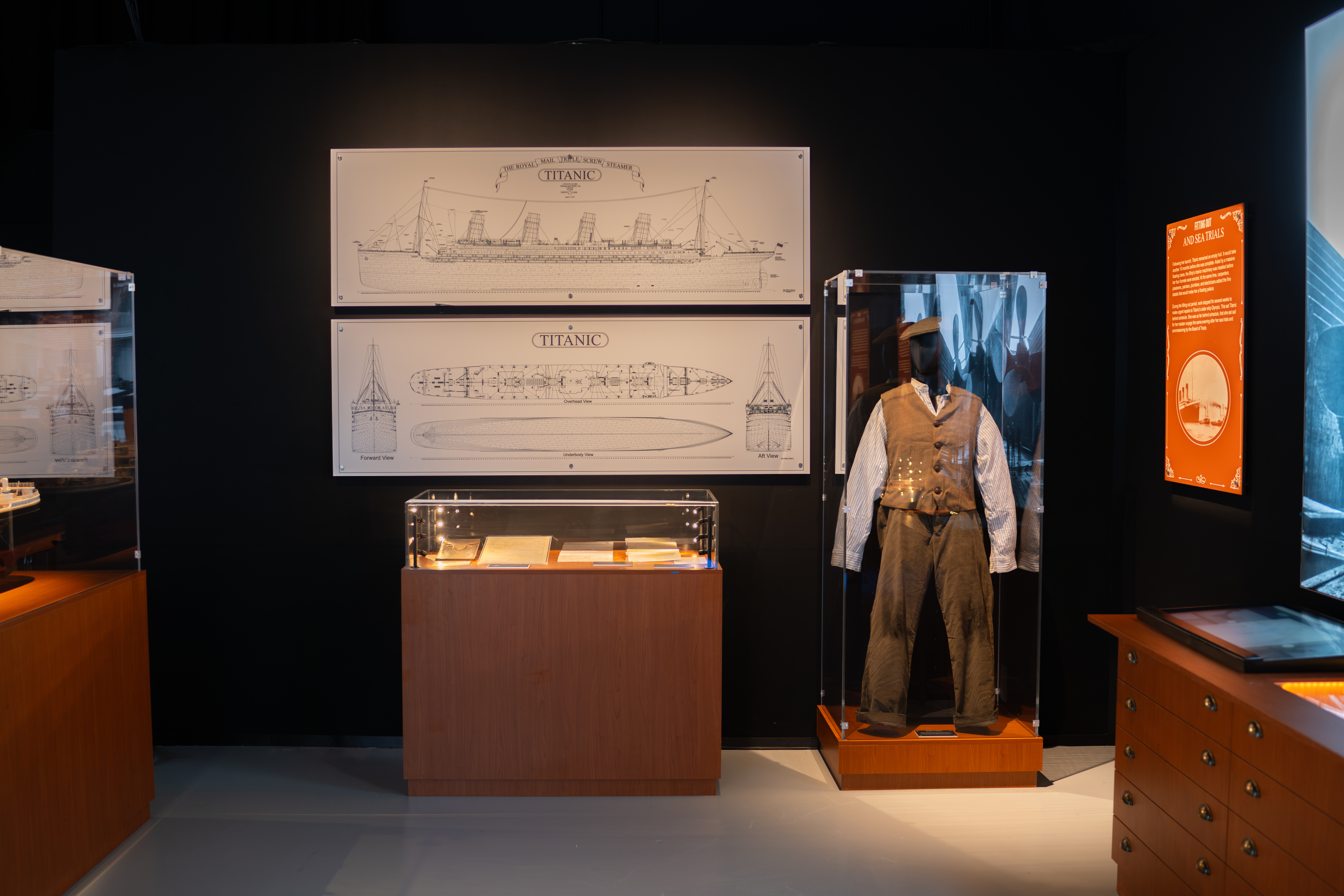
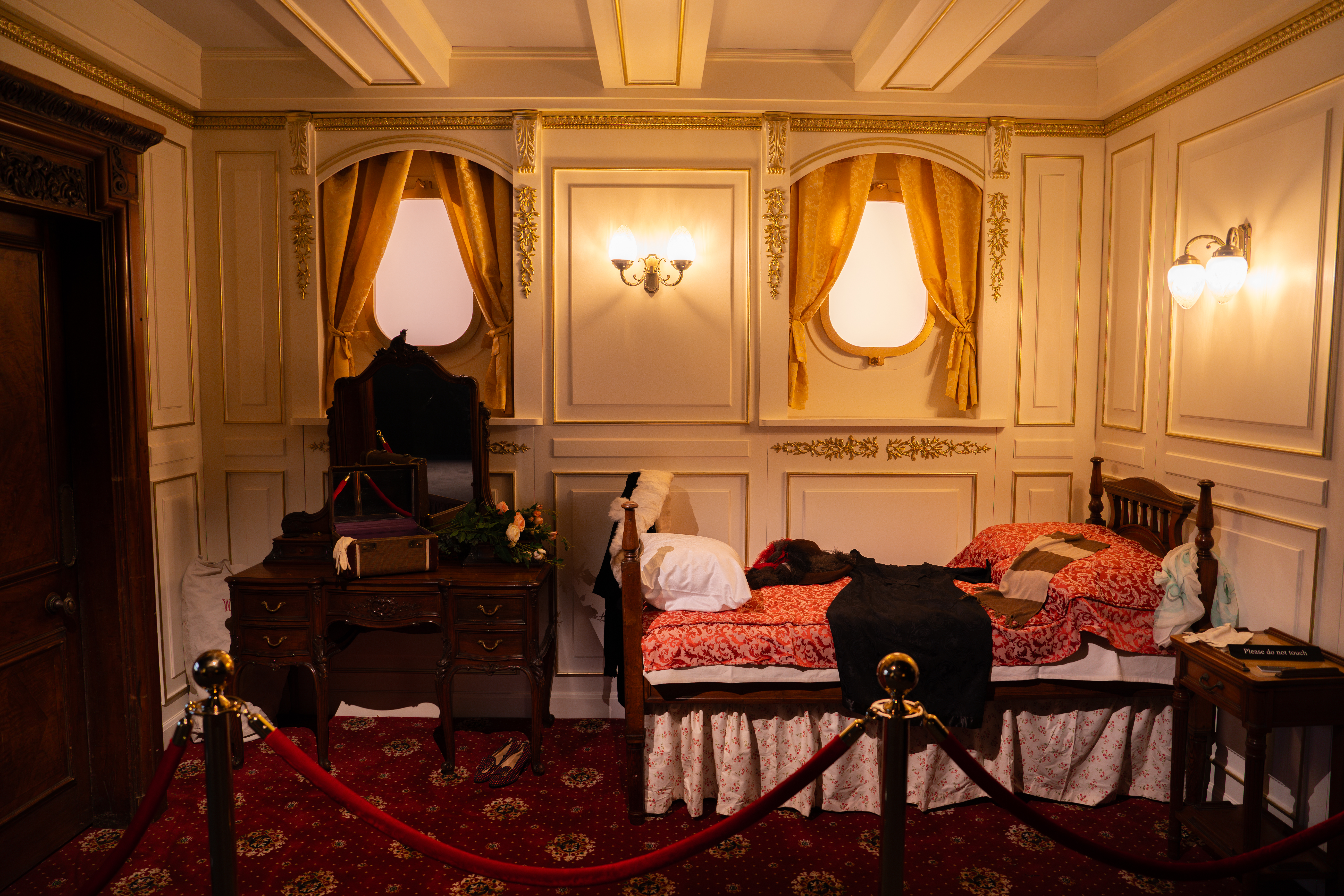
Image Source: Secret Media Network
Visitors can identify with what over 2,240 people admired at the time, through scenographic reconstructions of the ambitious luxuries and the most modern solutions desired by the White Star Line for its RMS Titanic: from the “Grand Hotel” cabins of the first class, to the splendour of “Veranda Cafè”, made of wood and illuminated by natural light. Or the “A la carte” restaurant, curated by Italian Luigi Gatti and entirely run by Italian staff. And then the “Marconi Room”, equipped for radio connections from which, shortly after midnight on April 15th, the fatal emergency call was launched.
To make this journey truly unforgettable, a multimedia path – whose presence is worth the ticket to the exhibition – allows you to literally dive into the depths of this story. Discovering the iceberg from its formation (which began about 100,000 years ago) to the fatal collision, reproducing the frantic moments of the disastrous accident through the dramatic messages that were exchanged: stories and dialogues of what, instead of a film, was tragic reality.
3D projections and reproductions lead visitors to experience the atmospheres of the shipwreck, witnessing the last moments of the Titanic’s life from a lifeboat, and then diving aboard a virtual submarine and discovering the wreck of the RMS Titanic as it appears today on the ocean floor.
The Titanic was in fact a dream come true for many passengers of all social ranks. One thing is certain: with “Titanic: An Immersive Voyage”, which chose Milan for its European debut, it will be possible to discover ignored warnings, bizarre coincidences and sudden decisions that led to the shocking tragedy. This time not at the cinema or on the sofa at home, but as real protagonists.




